There are 68 craft villages in 28 countries recognized as members of the World Network of Creative Craft Cities, including Bat Trang Ceramics and Van Phuc Silk Weaving Villages of Vietnam, which were recognized on the evening of February 14.
On the evening of February 14, at Thang Long Imperial Citadel, the Hanoi People's Committee held a ceremony to receive the title of two craft villages: Bat Trang Ceramics (Gia Lam) and Van Phuc Silk Weaving (Ha Dong) as members of the Network of Creative Craft Cities worldwide.
Hanoi is home to the largest number of craft villages and artisans in the country; with 1,350 craft villages and villages with crafts, converging 47/52 traditional crafts of the country. Each craft village has its own identity, with unique products in the local cultural style; highly competitive in the domestic and international markets; prominent products such as ceramics, weaving, embroidery, lace, wooden handicrafts, agricultural processing...
According to Vice Chairman of Hanoi People's Committee Nguyen Manh Quyen, with a long history and meaningful stories hidden in each product, the craft villages that have persistently developed over time have been deeply engraved in the soul of every Hanoian. From the skillful hands of artisans, countless sophisticated handicraft products have been born, overcoming time to exist and develop until today.
With the fusion of tradition and modernity, craft villages in Hanoi are gradually asserting a solid position in the international market.
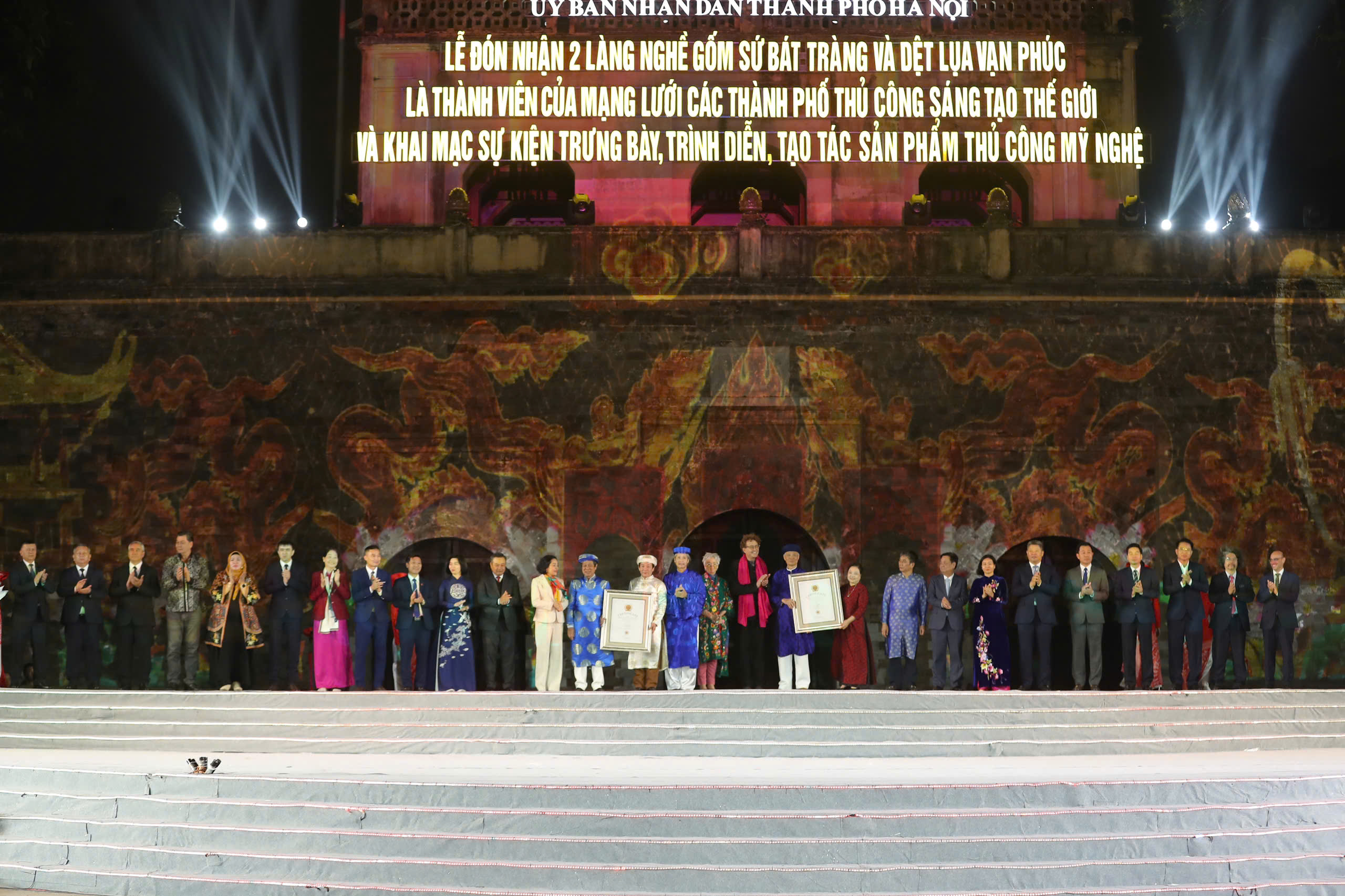
The World Craft Council awarded the title of “World Craft Village for Ceramics” to Bat Trang, and “World Craft Village for Silk Weaving” to Van Phuc.
To promote the potential and value of craft villages, the Hanoi Party Committee has issued Resolution No. 09 on the development of cultural industries in the capital, which affirms the priority of developing craft villages and traditional handicraft products. The city has also issued a Plan for the development of occupations and craft villages until 2025, with a vision to 2030; approved the Master Plan for the development of craft villages in the city for the period 2025 - 2030, with a vision to 2050, and has many mechanisms and policies to preserve and develop craft villages in the capital.
“The recognition of Bat Trang Ceramics and Van Phuc Silk Villages as members of the World Network of Creative Craft Cities is not only a source of pride but also a testament to the efforts to preserve and promote traditional values, while meeting the needs of the present era,” Mr. Quyen affirmed.
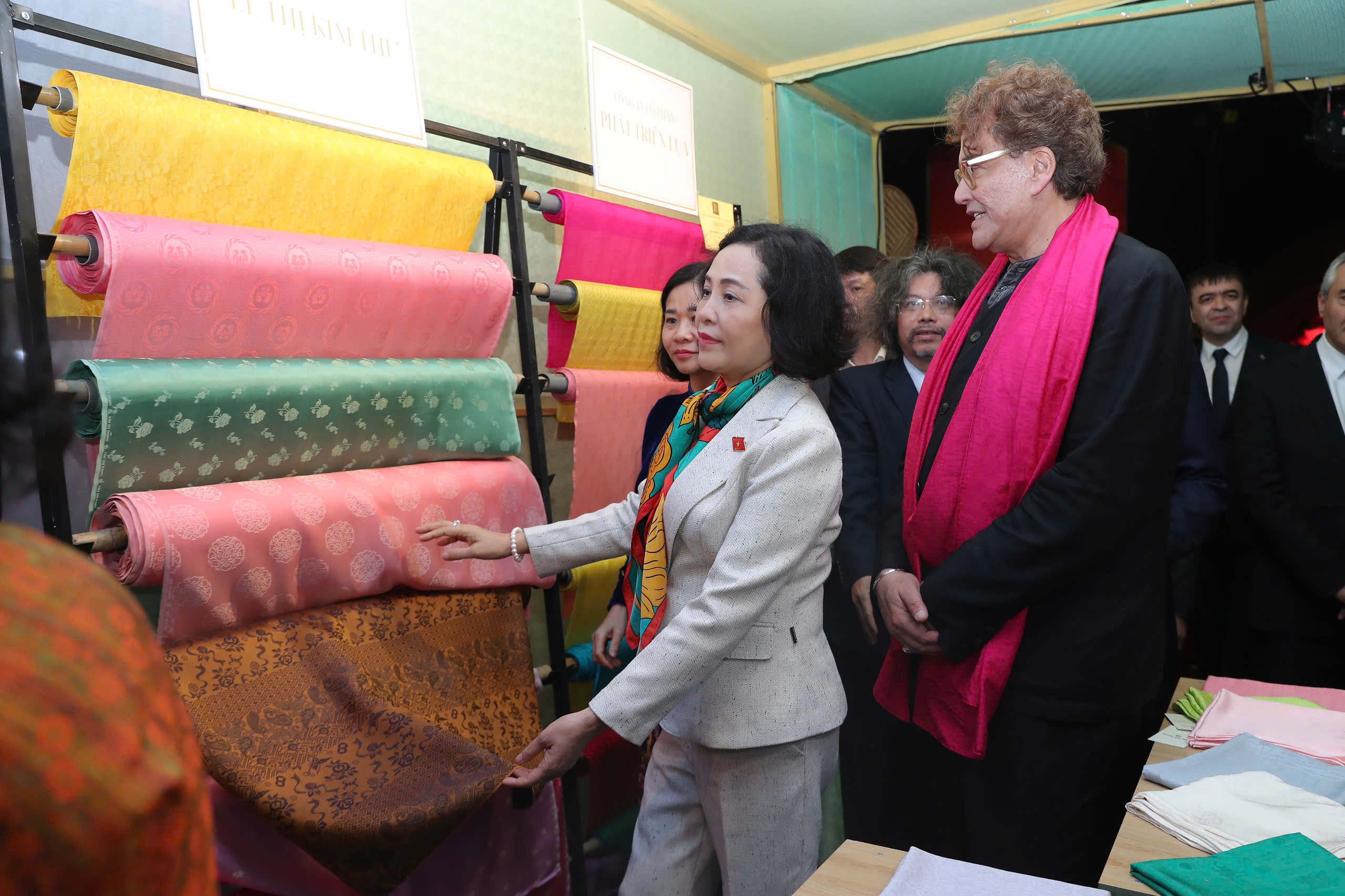
Vice Chairwoman of the National Assembly Nguyen Thi Thanh and delegates visited the booth displaying silk products woven in Van Phuc village (Ha Dong).
Awarding the title of “World Craft Village for Ceramics” to Bat Trang, and “World Craft Village for Silk Weaving” to Van Phuc, Mr. Saad al-Qaddumi, Chairman of the World Craft Council, said: Vietnam, especially the traditional craft villages in Hanoi, have long been famous for their exquisite handicrafts, preserved and developed over many centuries. From the exquisite ceramic products of Bat Trang to the soft silk of Van Phuc, these are not simply a means of livelihood, but also living symbols of the culture, creativity and resilience of the Vietnamese people.
Mr. Saad al-Qaddumi also said that over the past 40 years, the Vietnamese government has always paid attention and invested in restoring and developing traditional industries, including Van Phuc silk and Bat Trang ceramics. These efforts have not only helped revive sophisticated handicrafts but also created many new opportunities, especially for women, helping them participate in the economy and continue to preserve cultural identity for future generations.
Source: https://danviet.vn/gom-su-bat-trang-det-lua-van-phuc-viet-nam-lot-top-68-lang-nghe-thuoc-thanh-pho-thu-cong-sang-tao-the-gioi-20250215115632639.htm


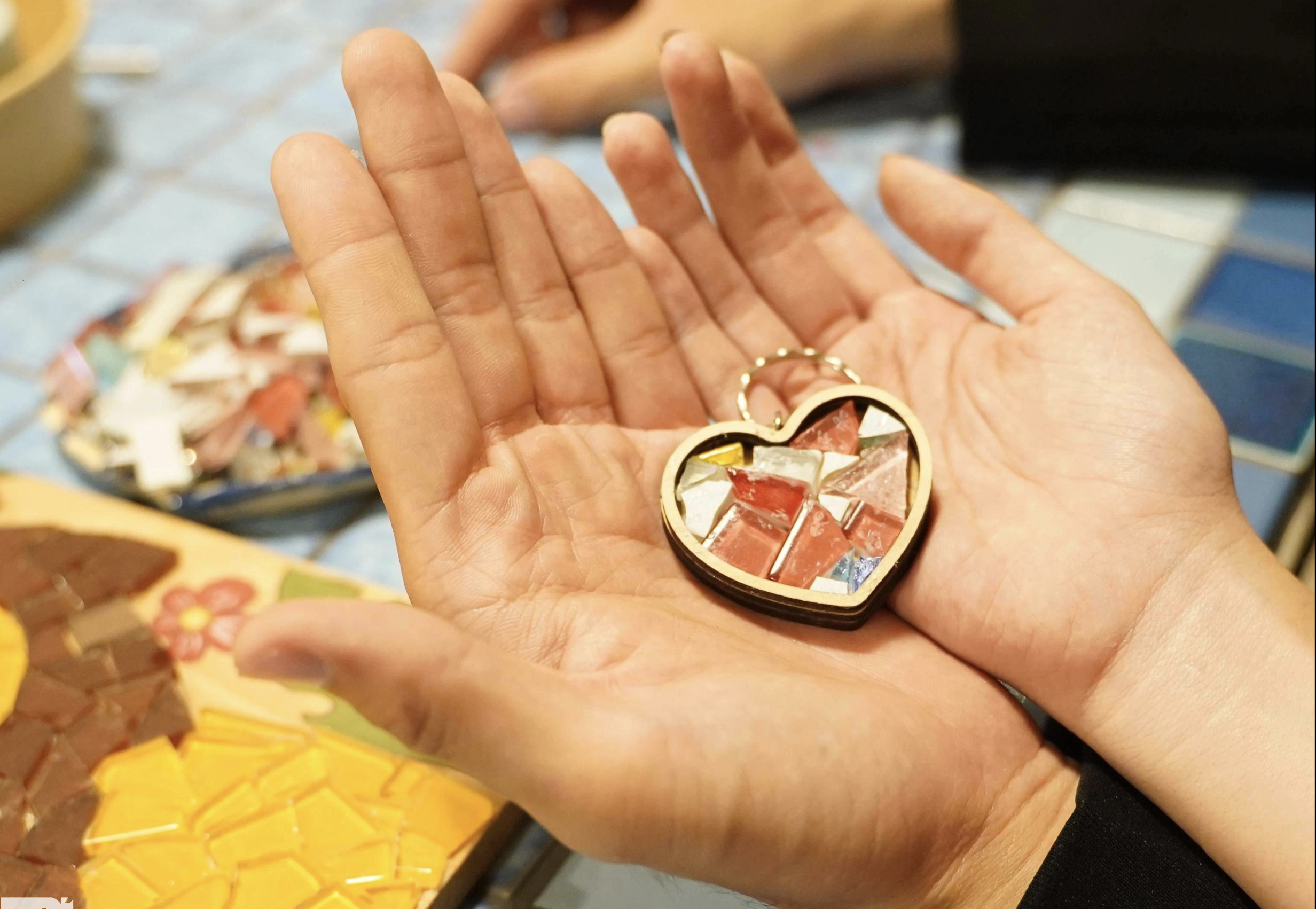


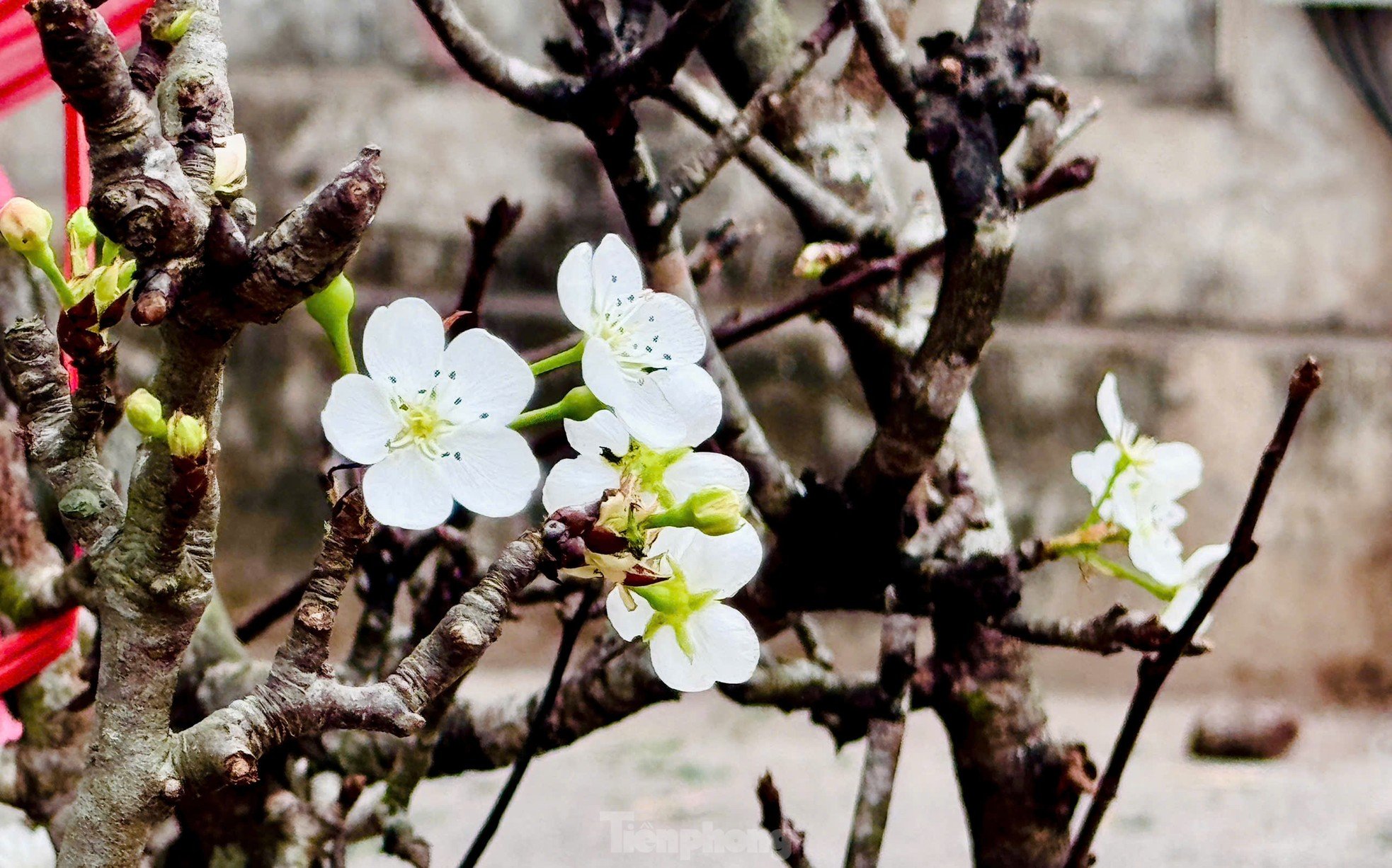
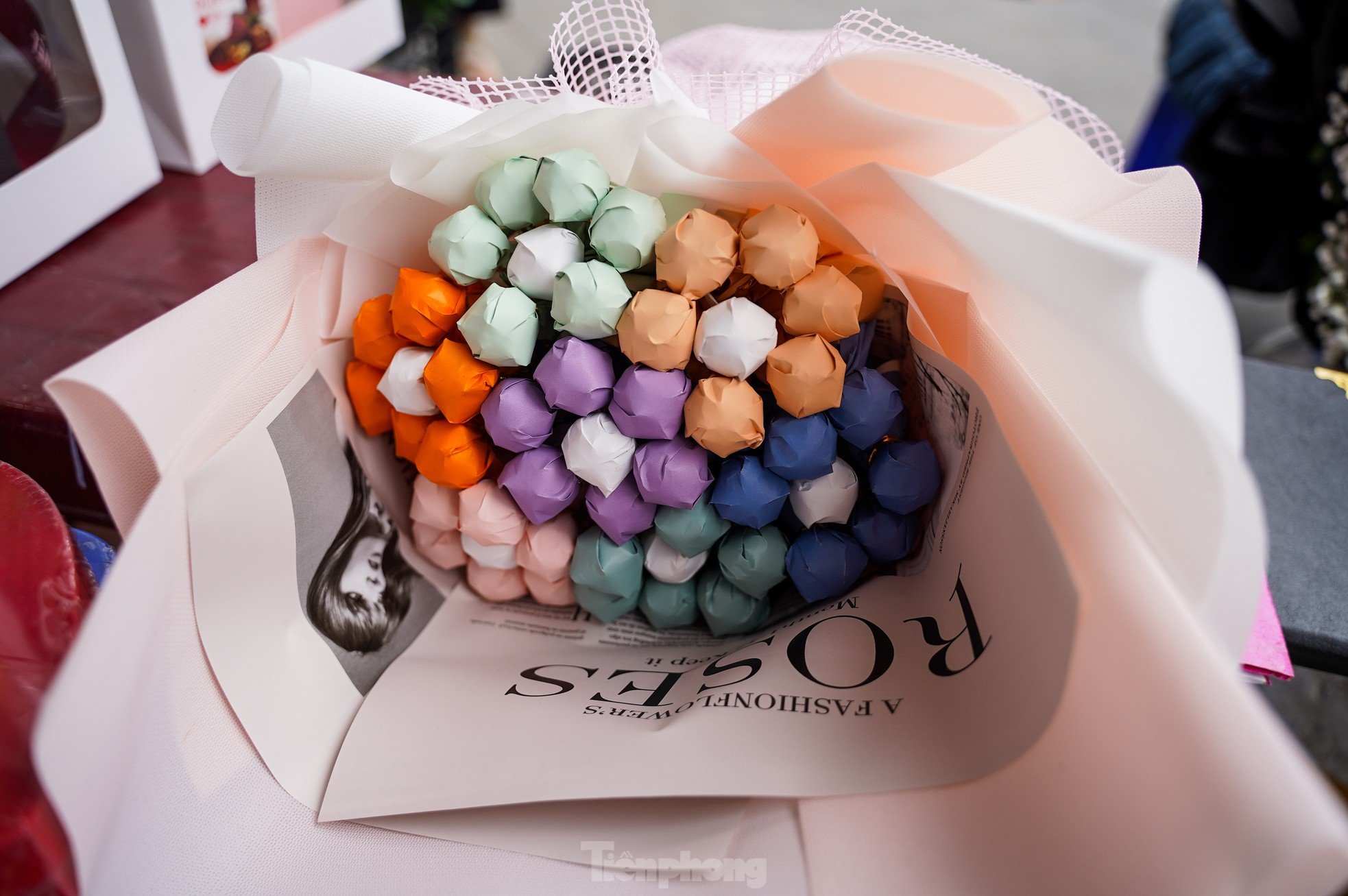























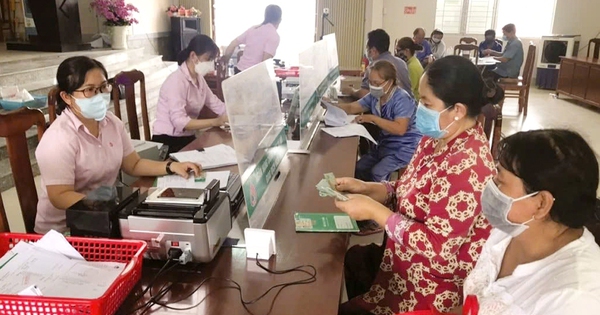
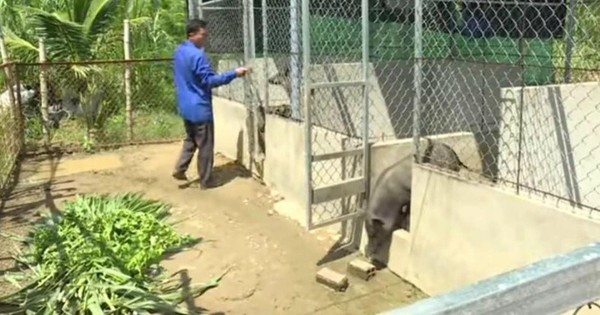
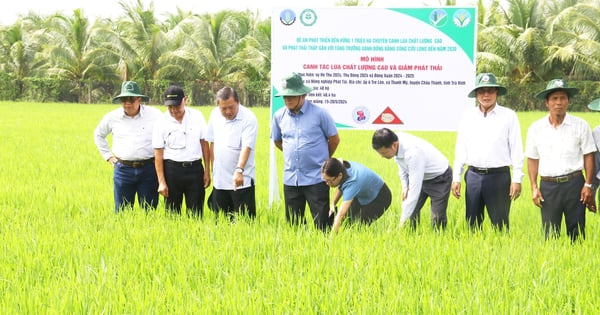
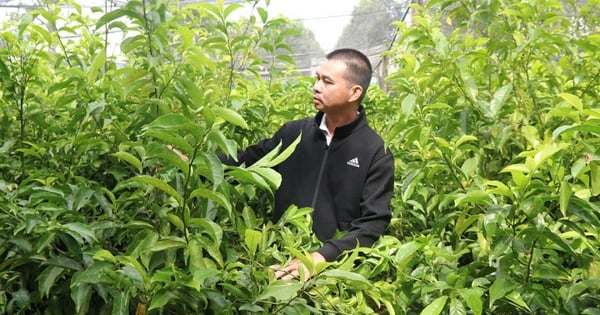
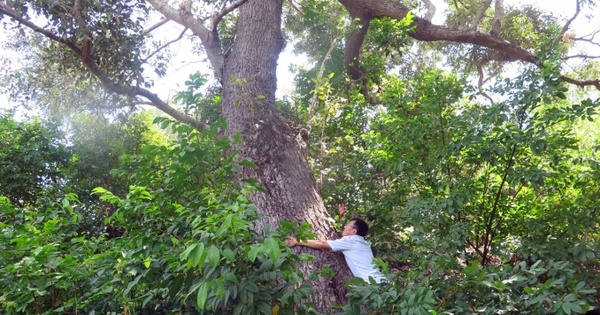
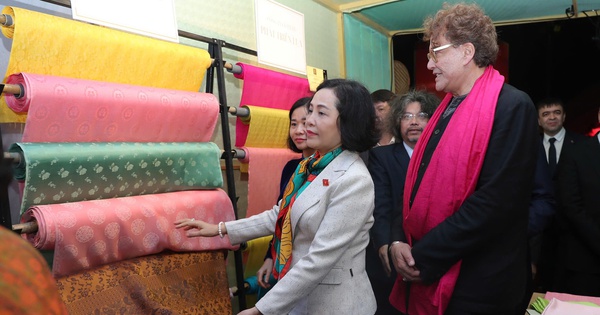

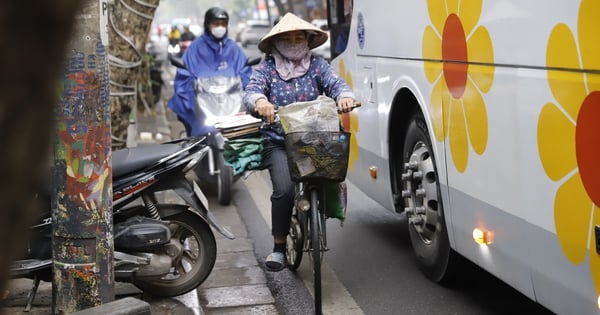
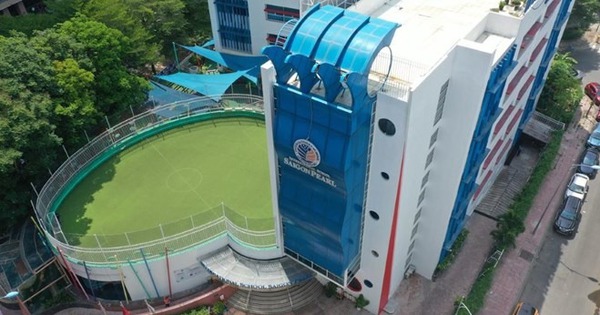





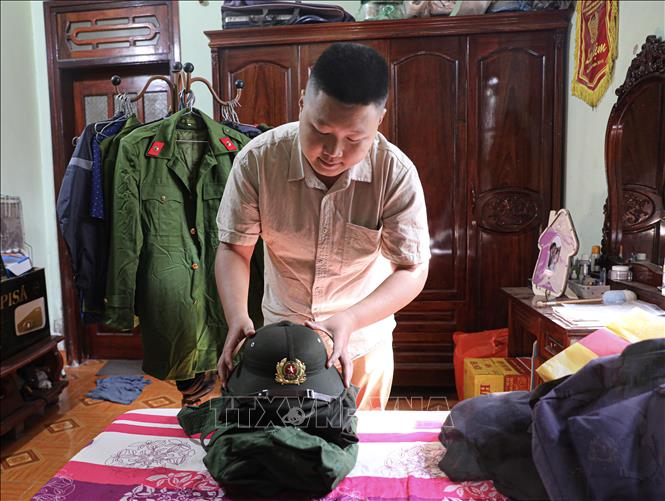







Comment (0)